A Sushi train (Kaitenzushi) restaurant, a unique part of Japanese food culture, is a sushi restaurant where you sit surrounding a conveyer belt on which small plates of freshly made sushi rotate until someone takes it. Kaitenzushi restaurant usually is both affordable and efficient, making them a hit among sushi lovers.
Sushi Train Restaurant Experience
My first sushi and sushi train restaurant experience were when Sushi Tei opened its’ first branch in Indonesia. My cousin, who has eaten sushi plenty and developed a taste for it, introduced me to it. I still remember how my tastebuds could only accept Kani maki and Ebi fry and how the one piece of Californian roll made me gag.
Fast forward to my life as an immigrant in Singapore, Sakae Sushi, a local sushi train restaurant chain, became the go-to place for me to meet my friends for after-class lunch and then later by myself for after-work dinner.
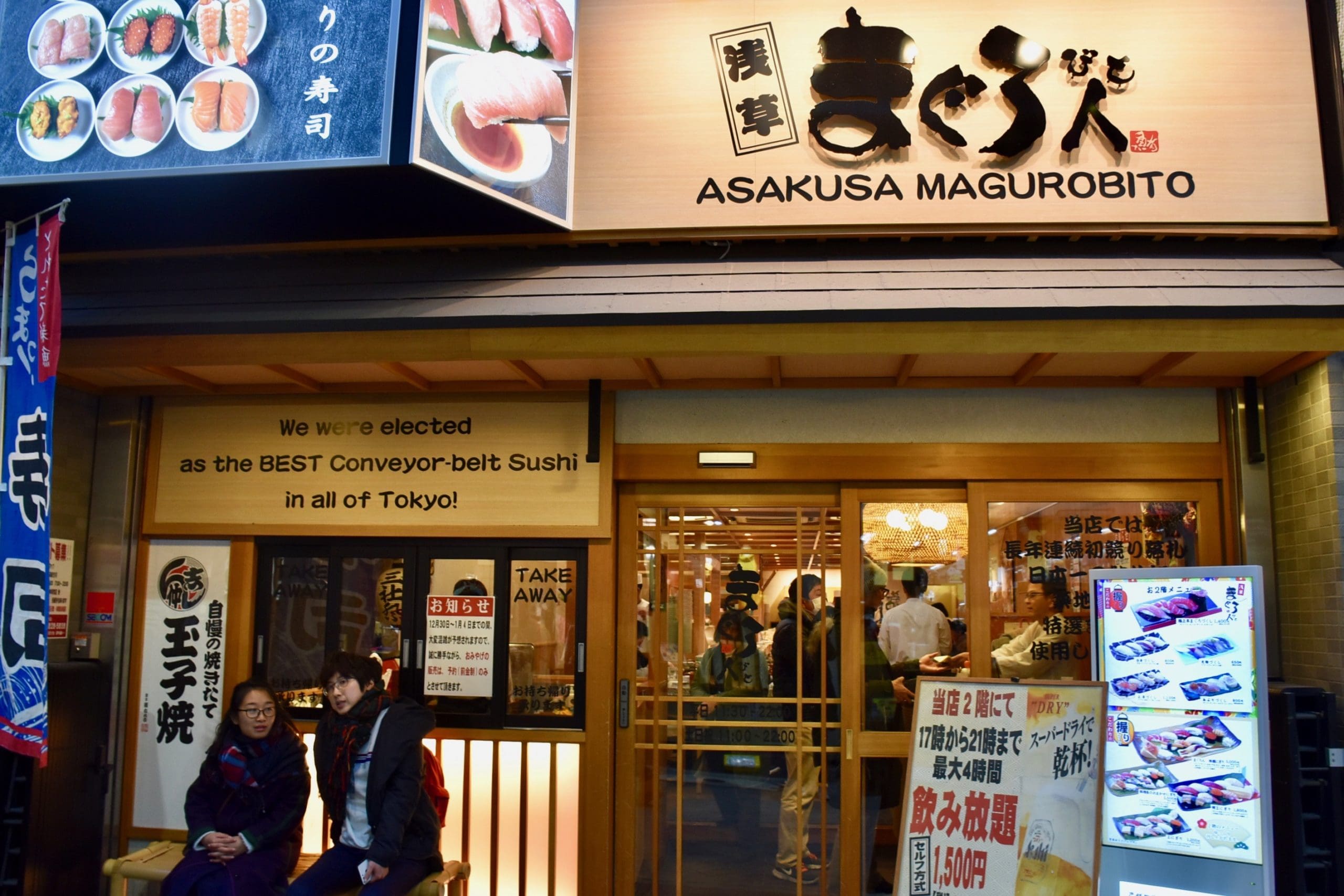
On the first night of my first Japan trip, my friends and I had the best sushi meal at Magurobito, a sushi restaurant in Asakusa. Coincidentally, I took Fafa there last year as we stayed in the same neighbourhood. Little did I know that it was his first sushi train restaurant experience! After being together for almost a decade together, I was amused he had never eaten in one.
How-To Sushi Train Restaurant Guide
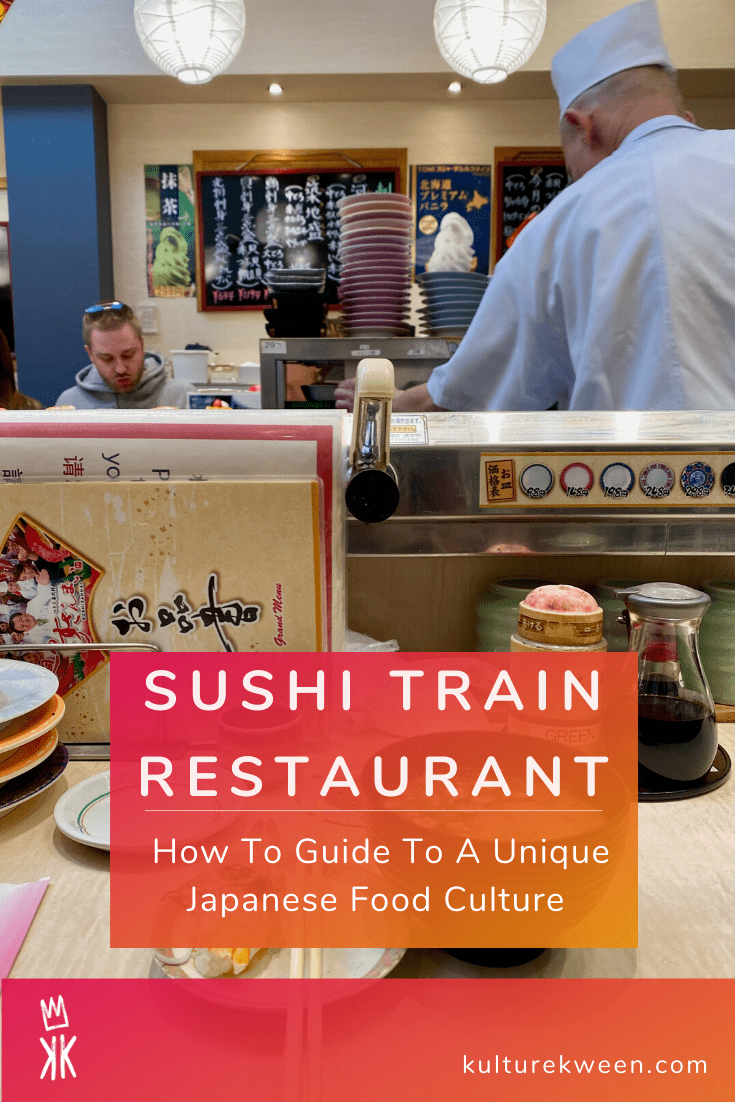
How to Order?
Firstly introduced in Osaka more than half a century ago, the sushi train is the sushi restaurant where you sit surrounding a conveyer belt on which small plates of freshly made sushi and sashimi are rotating until someone takes it. See if you want any sushi from the belt and take the plate. If what you want is not on the belt, it may be because someone else has taken it, or it’s not a regular in this restaurant. Of course, you can always ask the sushi chef to make it for you. Most of the time, if the ingredients are available, they do.
Think of sushi train restaurants as the budget version of Omakase in Japanese food culture. You can still see the chef making the sushi in front of you, even request them to make something you want, but you don’t get the additional services nor their full attention.
There are other side dishes that you can also order, usually shown on the menu placed on the table. My suggestion is to get the miso soup, at least. 🍣 + 🍵 = 😋. And oh, save room for dessert!
Another thing, don’t touch plates you don’t intend to take. Also, don’t put back the sushi plate once you remove it from the conveyer belt!
What is on My Table?
In the sushi train restaurant, the patrons sit surrounding the sushi belt, like bar seating but a bit lower. The chairs are ordinary dining chairs. On the table, for each person, usually, there will be small bowls, chopsticks, Shoyu (soy sauce), Wasabi, pink ginger and sometimes a cup of green tea (self-serve), and a hot water tap. All are for the patron to aid and enhance their sushi-eating experience.
How to Pay?
The charges for each plate differ depending on the colour. The price guide is shown on the menu or pasted in the restaurant. It is usually starting from 100 Yen. Payment will be based on the number of coloured plates calculated by the end of your meal. The staff will come with a handled fancy machine that can scan the stacked plates within a second and come up with the total bill. It’s one of the most fun things about going to the sushi train restaurant. It always excites me to watch them waving the machine beside the plates, no matter how many times I have seen it.
Best Sushi Train Restaurants
- Tokyo – Magurobito in Asakusa and Sushizanmai in Tsukiji outer market.
- Singapore – Sakae Sushi.
- Jakarta – Sushi Tei.
Speaking of Jakarta, I am going to Sushi Tei next time I am there. As I am typing this, I have devised a plan to get my Appa to try sushi for the first time. Meanwhile, eating in a sushi train restaurant where the conveyer belt is in the form of a Shinkansen train has been added to my following Japan trip to-do list.
Follow me on Instagram@KultureKween for more recent updates.
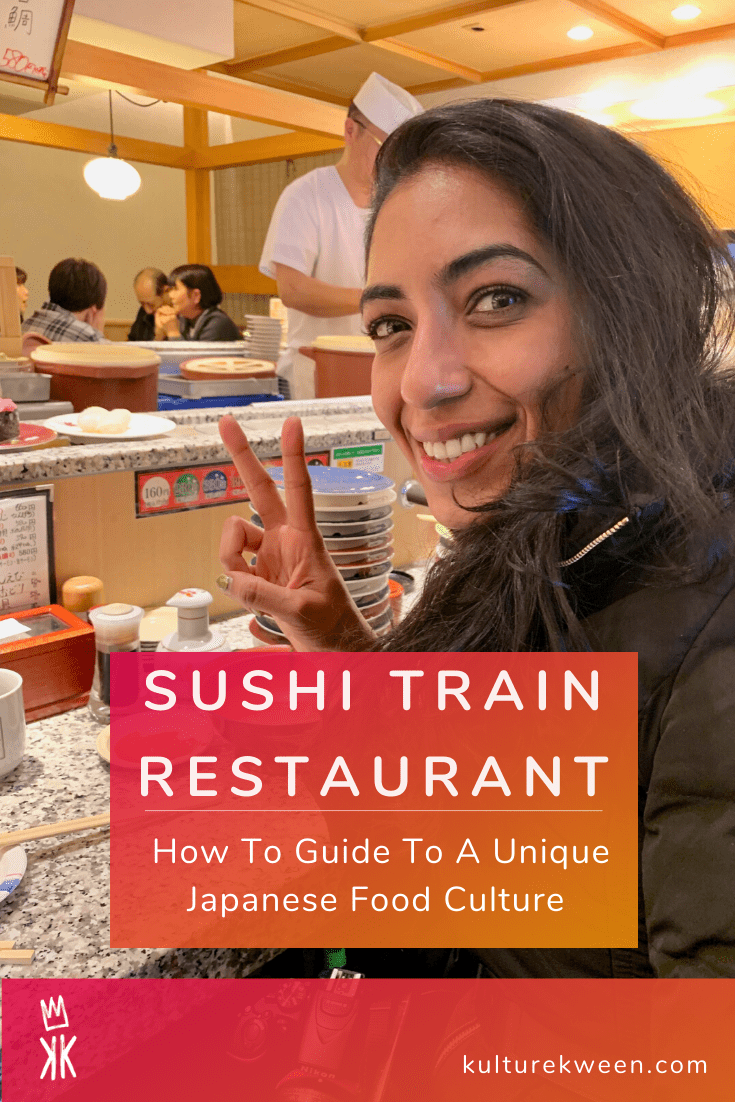
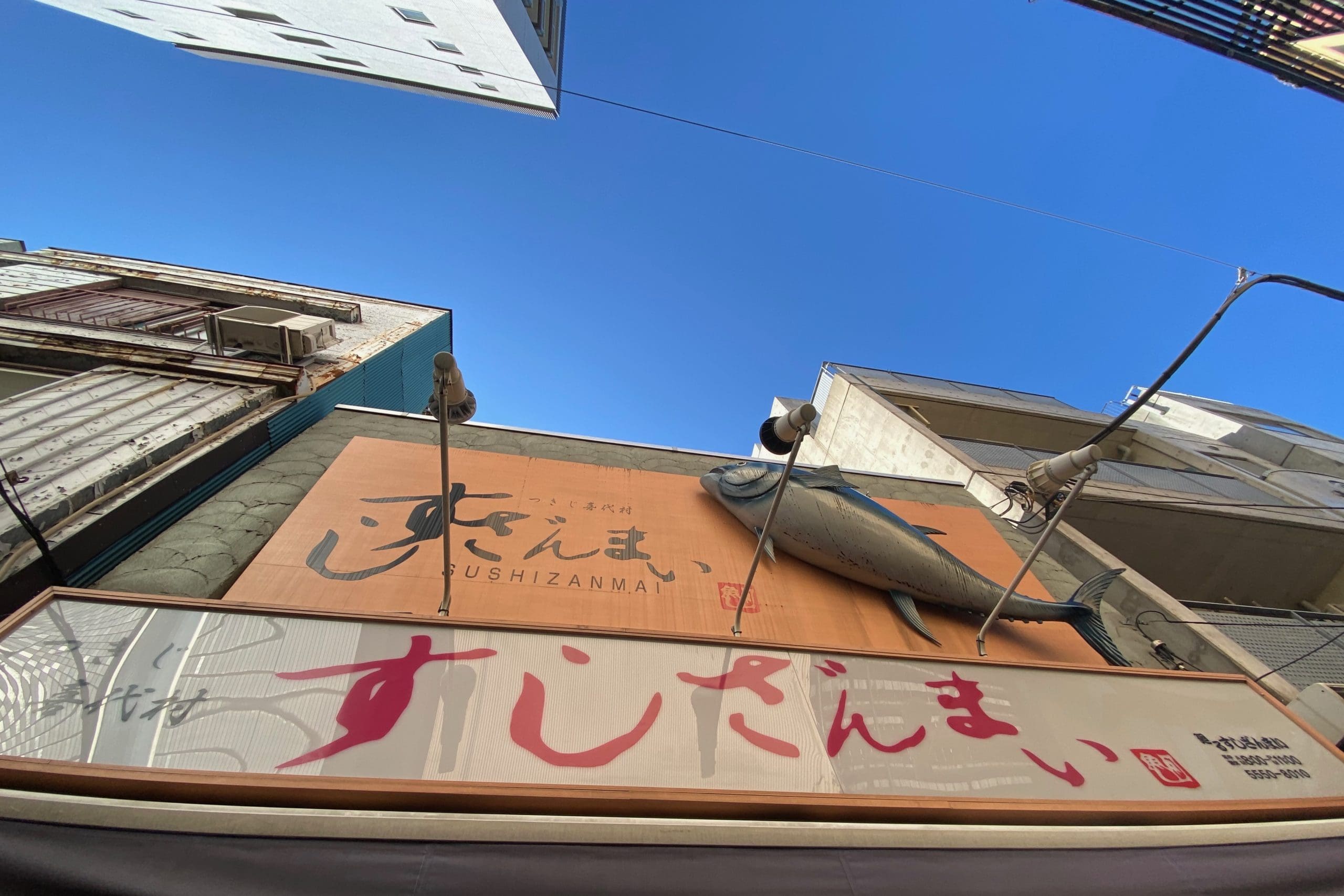
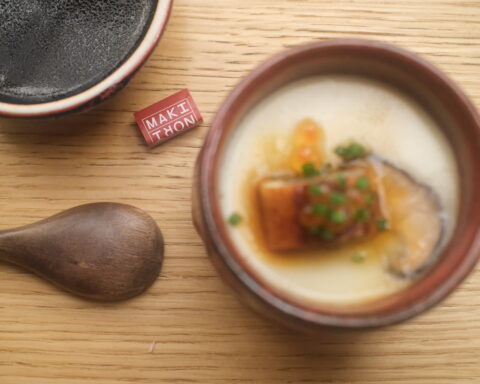


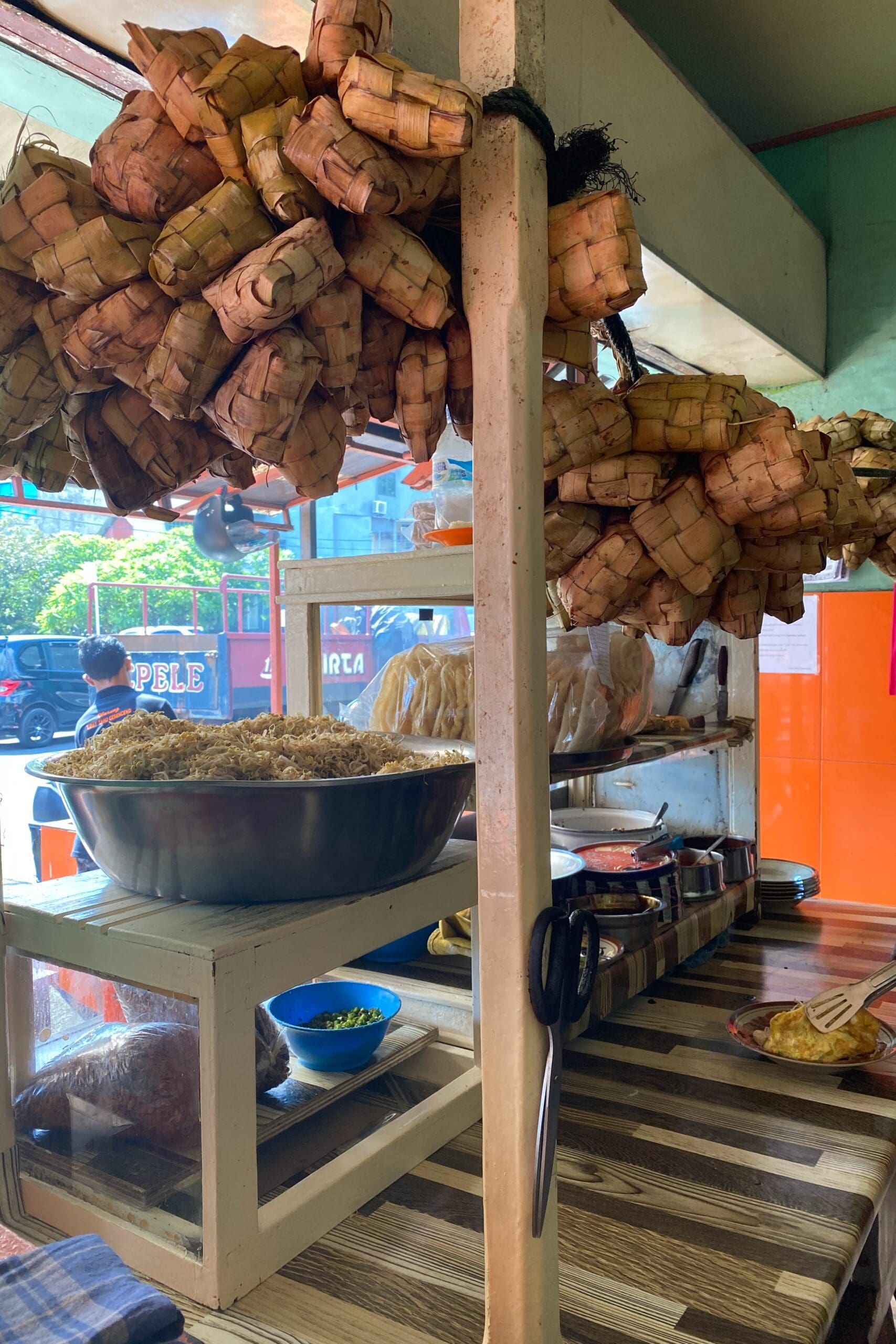
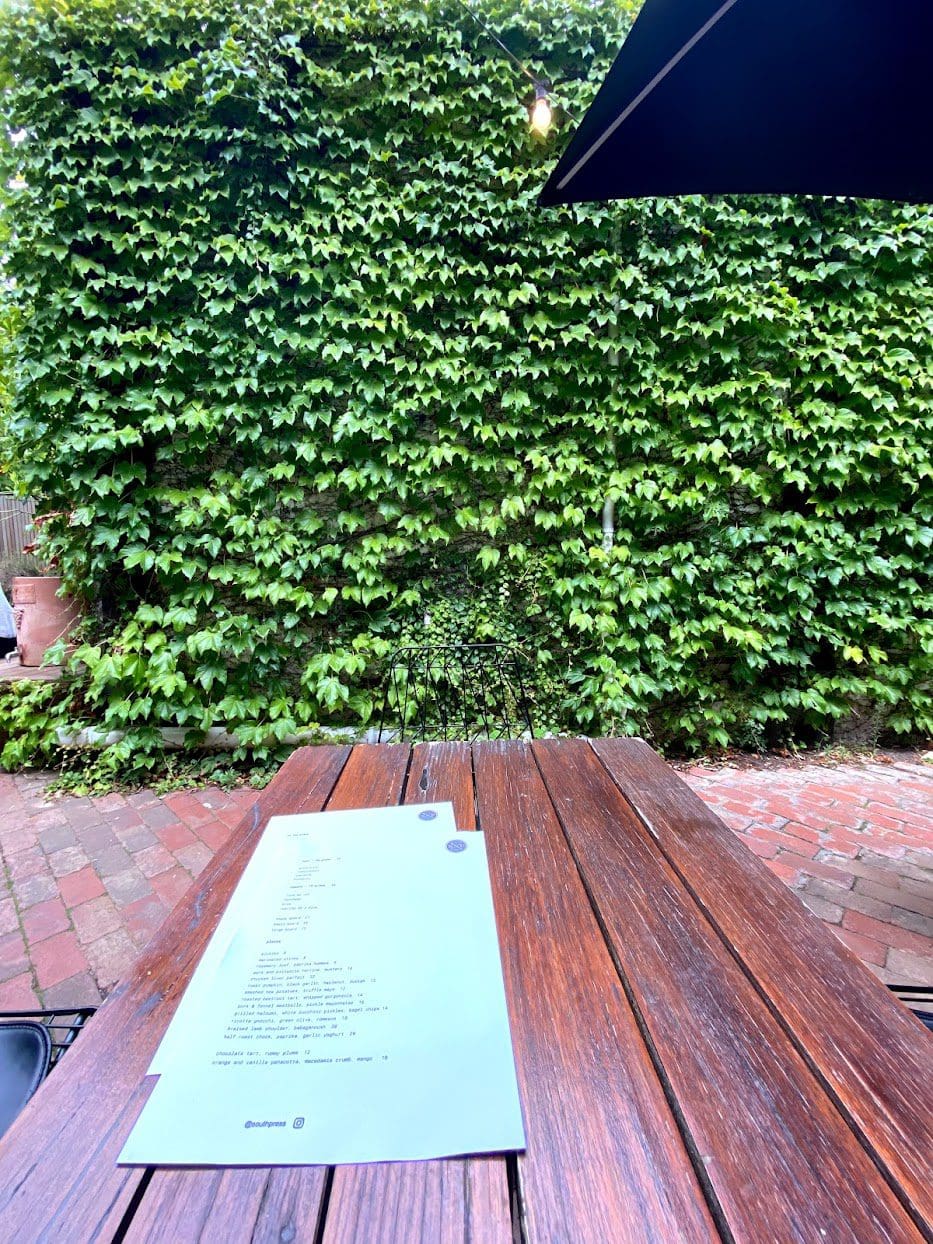
[…] 🍜 Hakone 🍜Hokkaido 🍜 Hong Kong-nese 🍜 Hyderabadi 🍜 Indonesian 🍜 Italian 🍜 Japanese 🍜 Javanese 🍜Kanazawa 🍜 Korean 🍜 Lanzhou 🍜 Madura 🍜 Mallu 🍜 Malaysian 🍜 […]
[…] ━ Caught up with Aina and Jen for a Christmas/NY/long-overdue catch-up at Tetsujin, a sushi train restaurant in the […]
[…] bought sushi back home from Sushi Hub. They don’t cut the sushi here. You have to bite it like a kebab. I don’t like this […]
[…] the in between dish, gearing up for the final-main course, we were served Toro (tuna belly) sushi. As I said to the chef that […]
[…] concept is similar to a sushi train restaurant. You sit on a counter with a belt of plates rotating in front of you, and you pick the ones you […]
[…] wonder whether it was an unsuccessful new product launch hence was no longer in the market? Or the Japanese love it so much, and it has been sold out? or was it a part of Japanese food culture fad that comes […]
[…] Nigirimeshi, is a rice ball. A staple food in the Japanese household, Onigiri surpasses the famed sushi in annual consumption in Japan. From breakfast to lunch, as a meal by itself and also as a snack, […]
[…] I remember loving the taste of the sake, not realizing the strength of it (we just had a full-on sushi meal), and stumbling back to our Ryokan in Asakusa neighborhood. It was one of the travel moments, […]
[…] I remember loving the taste of the sake, not realizing the strength of it (we just had a full-on sushi meal), and stumbling back to our Ryokan in Asakusa neighborhood. It was one of the travel moments, […]